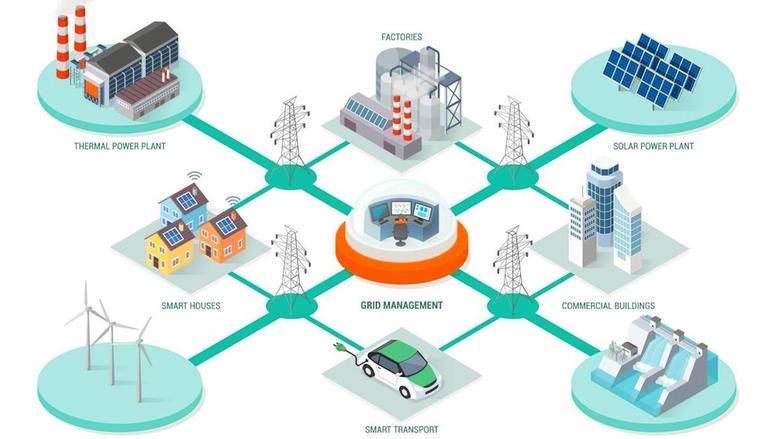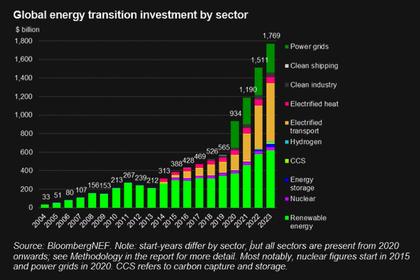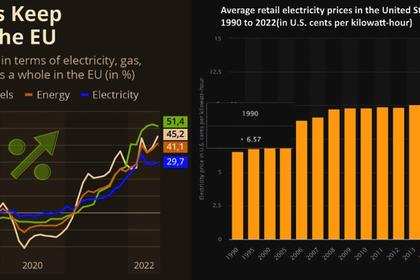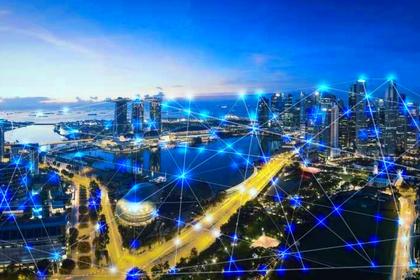
2024-03-26 06:40:00
ENERGY MANAGEMENT: VPP & DERMS

By ARPAN BISWAS Program Manager, IBM
ENERGYCENTRAL - Mar 15, 2024 - Virtual Power Plants (VPPs) and Distributed Energy Resource Management Systems (DERMS) both serve similar purposes, involving the management, coordination, and integration of Distributed Energy Resources (DERs) with grid operations and market systems to provide grid services. Nevertheless, subtle distinctions exist between them.
Earlier:

2024, February, 21, 06:40:00
GLOBAL ENERGY INDUSTRY OPPORTUNITIES 2024
The year 2024 is projected to be a potential turning point for the power industry, as it could witness a significant shift towards renewable energy.

2024, February, 21, 06:35:00
GLOBAL ENERGY INDUSTRY DEVELOPMENT 2024
In 2024, Energy consumers have more questions about the state of the Energy Industry's current initiatives than answers. Some areas to focus on include decarbonization, technology implementation, energy storage, and emergency responses.

2024, January, 11, 06:40:00
GLOBAL ENERGY TRANSITION & POVERTY
Energy poverty has spread through industries heavily dependent on energy, resulting in the loss of jobs and the relocation of industries to countries more concerned about economic development than reducing carbon dioxide emissions.

2023, October, 2, 06:50:00
PROBLEMS OF VPP DEVELOPMENT
A Virtual Power Plant is a technology/software-driven approach to energy generation, distribution, and management.

2023, September, 1, 06:50:00
GLOBAL DIGITAL ENERGY TRANSITION
IT has enabled power companies to improve their operational efficiency by automating processes, reducing downtime, and minimizing errors.












